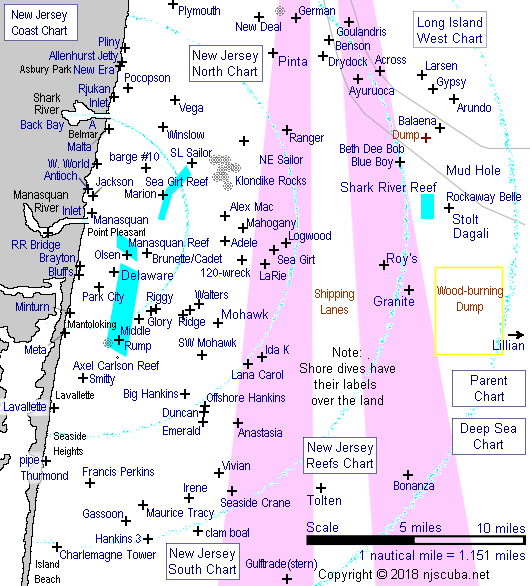Emerald - USS Hibiscus / Frances Wright (3/4)
Marine Disaster - Sinking of the Steamer Frances Wright.
New York Times
May 2, 1873, pg 8
The schooner John Kelso, Kelso, master, from Virginia, arrived in this port yesterday, having on board the Captain and crew of the steamer Frances Wright, which sunk at sea yesterday. Capt. Fairchild, of the Frances Wright, reports that, on the 30th of April, at 11:35 P.M. the shaft on the port engine broke in the stern stuffing box, carrying away sleeve dead wood, &c., in after part of the ship.
The vessel commenced to fill rapidly, and the engineer finding it impossible to stop the leak, shut off the sea injection, put on the bilge injection and donkey pumps. The mate and all hands were put on the forward pumps. Notwithstanding the efforts of the crew, the water continued to gain rapidly, and the ship was fast sinking. At 12-1/4 A.M. the water had risen above the floor of the engine room, and the fires were soon extinguished on the main boiler. The ship now lost all steerage way, and became unmanageable.
A steamer hove in sight; her name was understood by Capt. Fairchild to be the Claribel. The Captain was asked to assist in towing the sinking vessel on shore, but he found it impossible to do anything for the doomed ship. May 1, 1-1/2 A.M. - It now became unsafe to remain any longer on board, and accordingly orders were given to clear away and man the boats and abandon the ship. Between decks was now nearly filled with water.
Having got all the crew on board, the boats put off, but stood by for some time. About twenty-five minutes after the boats put off the ship went down by the stern At daylight a schooner - the John Kelso - was sighted, and the boats pulled to her, when the crew were taken on board and kindly treated by Captain Kelso and by him brought to the port. The Frances Wright was built in 1865 at Fairhaven and was 597 tons.

USS Hibiscus was a steamer acquired by the Union Navy towards the end of the American Civil War. She was used by the Navy to patrol navigable waterways of the Confederacy to prevent the South from trading with other countries. Hibiscus was purchased at New York City from S. M. Pook on 16 November 1864; and commissioned there on 29 December 1864, Lt. William L. Martine in command. The ship and her sister USS Spirea are described during trials in November 1864:
"The new twin-screw steamer Hybiscus [sic] made her official trial trip in New York harbor on the 3d. This vessel and a sister ship were constructed for the purpose of demonstrating the plans of a light-draught gunboat which should be able to carry a heavy battery, and at the same time to place the machinery so far below the water line as to preclude injury to it by the enemy’s shot. These vessels were planned and constructed by Mr. Samuel H. Pook, of Fair Haven, Conn."
"The engines selected for these vessels are known as Wright’s segmental engine. The Hybiscus, with about 25 pounds pressure of steam, made eleven knots, the engines working finely. The vessel was turned around in a very small space, and in four minutes and eighteen seconds of time. Her mean draught of water is 6 feet 7 inches, she drawing 6 feet 10 inches aft and 4 feet 4 inches forward, and this with her bunkers stowed full of coal."
While in Navy service, the Hibiscus was quite heavily armed for her size, with two 30-pounder guns and four 24-pounder guns. She was also relatively speedy at 11 knots.
Samuel Moore Pook (August 15, 1804 – December 2, 1878) was a Boston-based American naval architect and father of Samuel Hartt Pook, the noted clipper ship naval architect. In 1861, at the outbreak of the American Civil War, Pook designed the City class ironclads for James B. Eads. The City class ironclads, also known as "Pook Turtles" due to their distinctive shape, were the backbone of the naval flotilla deployed by the United States Navy on the Mississippi River System during the American Civil War.
-- Wikipedia

